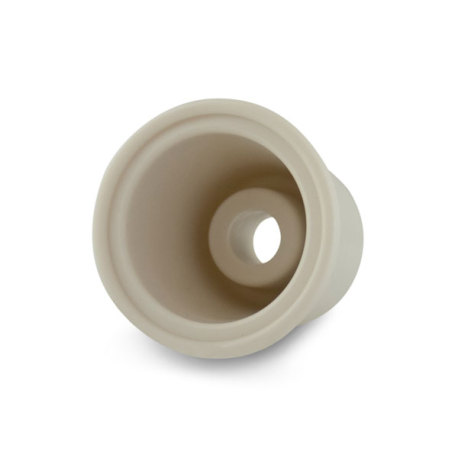FABulousWines
Le Vigneron Heureux
- Joined
- May 1, 2013
- Messages
- 383
- Reaction score
- 57
Super newbie here. I plan to do my first batch this weekend and trying to get all my ducks in a row. From what I have learned so far it is hugely important to keep the must away from oxygen, especially after fermentation begins to wane. The usual advice is to top off your carboy with water or other wine. It seems to me that practice would dilute or otherwise change the body of the wine. What other ideas are there to prevent oxidation in the carboy?
For example, I located a LHBS who sells a 5 gal carboy as part of his equipment kit. He advises doing the first racking after secondary fermentation from the 6 gal carboy to the 5 gal. The other bit can be placed in a couple of bottles and allow to settle on their own and can be a source to top off the 5 gal when needed. Probably end up with at least 29 bottles with this approach.
What do you all do when working with a 6 gal carboy? I want to know if I should go ahead and purchase the 5 gal carboy or if there are other methods I should be considering. Thanks in advance.
For example, I located a LHBS who sells a 5 gal carboy as part of his equipment kit. He advises doing the first racking after secondary fermentation from the 6 gal carboy to the 5 gal. The other bit can be placed in a couple of bottles and allow to settle on their own and can be a source to top off the 5 gal when needed. Probably end up with at least 29 bottles with this approach.
What do you all do when working with a 6 gal carboy? I want to know if I should go ahead and purchase the 5 gal carboy or if there are other methods I should be considering. Thanks in advance.
















![[Upgraded] 9Pcs Tree Root Growing Box with Drain Holes, Half Transparent Plant Rooting Propagation Ball & Metal Core Twist Ties, for Fast Propagation Plants (Size M)](https://m.media-amazon.com/images/I/514MWQxtWOL._SL500_.jpg)





































